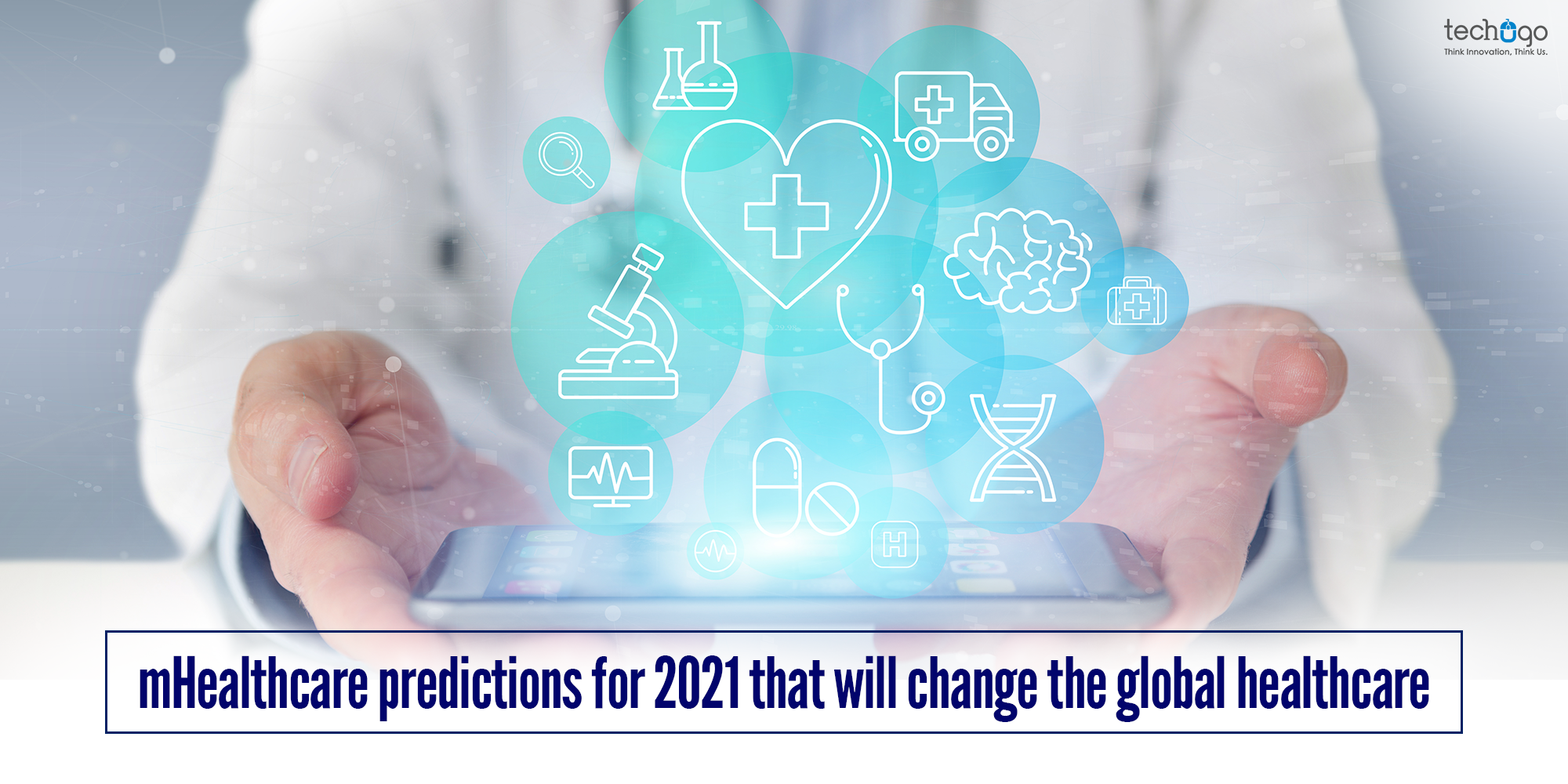
Healthcare Predictions for 2023 that will Change the Global Healthcare
When our world is reeling through the adverse impact of the deadly virus, it is high –time to think of advanced healthcare services, to stay prepared to battle the existing and any forthcoming virus. 2021 will witness a new disrupting angle in the healthcare system that has evolved with the technological trends.
Here in this blog post, we have compiled a list of new ‘contactless’ digital practice environments that will prevail in 2023 and beyond.
Table of Contents
1. AI to drive drug discovery
Now we are in need of new drugs to combat the pandemic much more than it used to be earlier. Today, the COVID-19 pandemic has brought a spotlight on drug discovery and ensures that new methods are being invented to save the lives of millions out there. And this is where to find out the best suitable method that fits the needs of the patients and give an accurate treatment. However, now researchers don’t have the years to sit and conduct the series of research, but there has to be an instant result that can give a boost to structured drugs. And here AI comes for the rescue and eases down the woes of the drug development process. It not just expedites the process but also ensures to bring accuracy at large.
2. Smart Hospitals will be a NEW norm
It has been evident that the need for smart hospitals is real, and it cannot be avoided. Just like the concept of smart cities, smart speakers and smart cameras are helping to automate the way system functions around us, in the same manner, the technology used in the hospital would help in scaling the work of healthcare workers on the front lines, and would elevate the operational efficiency of treatment. As a result, it will offer virtual patient monitoring to predict and prevent adverse patient conditions.
3. Voice-controlled treatment
There are numerous ways in which a voice-controlled device can help patients to access the healthcare services they are looking for. The voice-controlled solutions can pave a smooth way to reassign or newly assign a healthcare team member, and get the instructions through the remote location, without hampering the process. It helps further in connecting to the right person, group, or provide or attain information quickly and safely. This will encourage healthcare workers to simplify clinical workflow, streamline operational efficiencies, and improve triage and outcome to enhance the way people receive the care across the channel
4. More focus will be on mental health
No doubt the mental health has been a real concern and faced the crisis of the pandemic utmost. The fear of the unknown, and the constant pressure of staying home and staying away from loved ones, forced most out there to face the brunt of mental health issues. And these issues have stretched out to 2023 as well, where many are still suffering in silence, and this is leading to more chronic diseases. Hence the virtual care trend will focus more on improving the mental healthcare of patients.
5. Security
Although, this has a lot to do with the acceleration of digital technology in the database of healthcare. This means the vulnerability of the database due to an increased number of cyberattacks would receive a protective shield with the cloud-based platforms. It will pave a security-laden culture across the healthcare system, to establish an environment that would meet privacy and security regulations, and making systems are continually updated.
6. Genomics
Not many of us know that the pandemic has triggered the research into genomics and gene editing. It has helped scientists identify the way living cells behave, and further, they can be manipulated to get saved from diseases and injuries. It is expected that further technological advances would enable the development of ‘precision medicine’, which means the treatment is developed to match the individual genetic profile of a patient. And it will ensure to create the next revolution in healthcare.
7. Employee health
During the pandemic time, employee health is a concern, which needs to be addressed, and wellness cannot be given a miss. To take care of the health management system of employees, there has to be a well-planned structure, to track their health to offer proactive healthcare standards. Here, keeping staff safe and healthy would turn out to be a pillar of operation, and different infection-control measures would turn into a norm. No prize for guessing, but this would trigger better testing and early-detection methods for larger companies.
The Bottom Line
Indeed, the future of healthcare is promising, and there is much more to be explored further. It is the collaboration of technology, research, and education leveraging the right digital ecosystems to put the patient at the very center of their own care.
The industry has grown to fast-forward and there is much scope to flourish ahead in the areas like telehealth, remote monitoring, and artificial intelligence. It will significantly impact the technology market and will give a boost to improve the healthcare system at the global forefront.
February 17, 2021
















